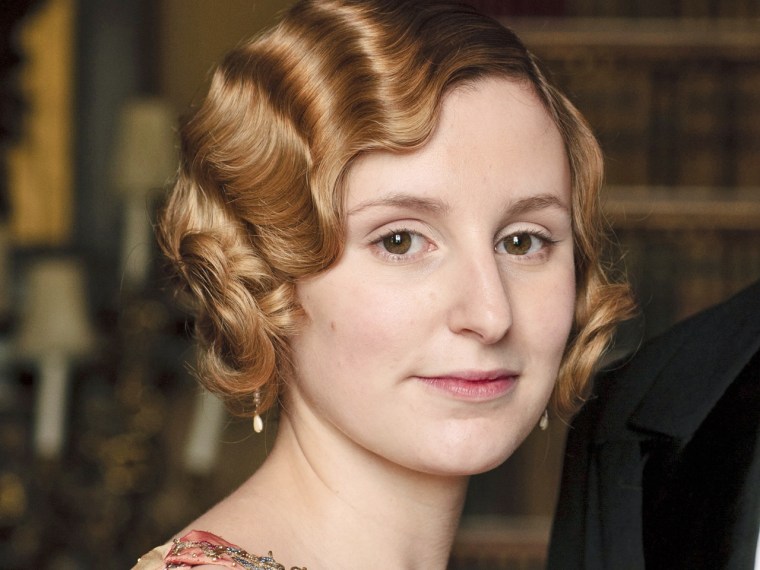Looks like Jan Brady has a new kindred spirit: Lady Edith Crawley from "Downton Abbey."
The character, who's constantly eclipsed by her older sister, Mary, seems to be suffering from a classic case of "middle child syndrome."
In fact, each of the Crawley girls is a birth order cliche, says Marcia Millman, a sociology professor at the University of California, Santa Cruz, and author of “The Perfect Sister: What Draws Us Together, What Drives Us Apart.”
"The stereotype is that when there are three, the older sister is the achiever, the one closest to the parents," she says. "The oldest one feels superior and is always ahead of the others." In other words, Lady Mary, the quipster queen who can do no wrong.
The stereotypical youngest, on the other hand, is more impulsive, more rebellious and more socially adept, says Millman, which jibes with sweet-natured Sybil, who married the family chauffeur and is perfectly able -- and happy -- to blend with commoners.
As for the middle child?
"The stereotype for the middle child is that she often feels neglected, like no one recognizes her," she says.
Meet Lady Edith, or as Millman calls her "poor Edith."
"She seems to have very low self-esteem and thinks everyone else has gotten what they wanted but she hasn't," she says. "And she often acts destructively out of envy. The parents treat her as 'poor Edith.'"
In response, Edith scrambles to get even -- and get attention. Unfortunately, her actions only increase the divide between her and her elder sister -- and her parents.
"She's very unlikable," says Millman. "She betrayed her own sister and has very poor judgment. I think she feels like an outcast and so powerless that she does self-destructive things and things that are destructive to other people."
While "middle child syndrome" -- and other stereotypical birth order roles -- do happen, Millman says real family dynamics hinge on a number of factors.
"It depends on the unique personalities of the children, of what's happening in the family, on how the parents treat the children," she says.
Instead of getting lost in the shuffle, middle children will just as often get along with their siblings, acting as intermediaries as opposed to instigators, she says.
"It depends on the relationship with the parents, it depends on your parents' birth order. A mother might identify with a middle child if she's a middle child."
Parents like Lord and Lady Grantham also hold responsibility for a middle child's competitive attitude, says Millman.
"What causes conflict between sisters often is when parents show favoritism towards one child or one child is given more responsibility," she says. "Most of Edith's envy is aimed at Mary because Mary is considered the most beautiful, the most promising, the achiever, the strongest one."
While typecasting sisters different ways in order to show off different strengths is common, Millman says it can also be limiting.
"Parents will say 'This is the pretty one, this is the smart one, this is the one who will be a good mother,'" she says. "It's easy to do that but it's destructive, too. You have to let each child become who she is and recognize that."
Are Mary and Edith Crawley -- and other adversarial siblings -- doomed to live a life of snipping, sniping and backstabbing?
Thankfully not, says Millman.
"There's a lot of evidence that sisters get closer as they get older," she says. "When you're living with the family, you're kind of in a bubble of the family's view of itself. But sisters grow up and get perspective. They're not so bound to the original family constellation. They get past the childhood rivalries and they're very happy and really value the sister relationship."
Related:
'Downton Abbey' doesn't love all it's daughters equally
